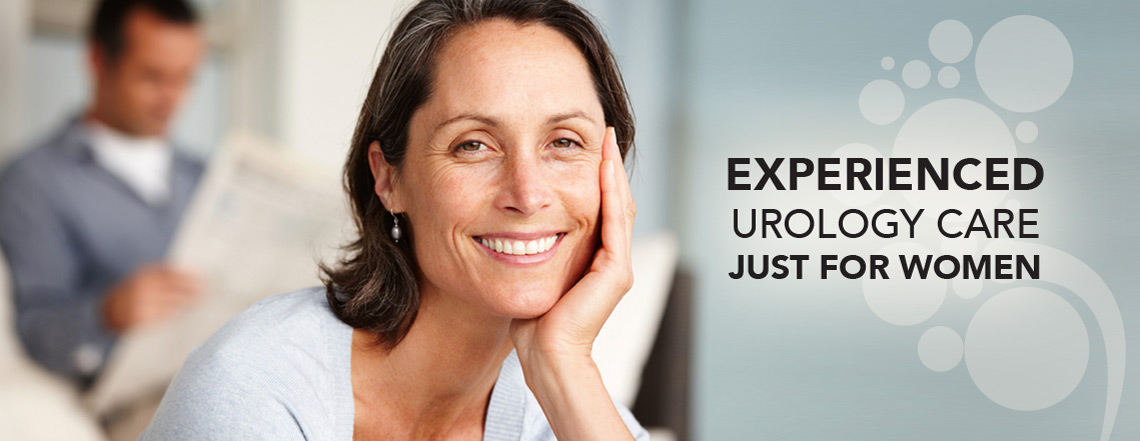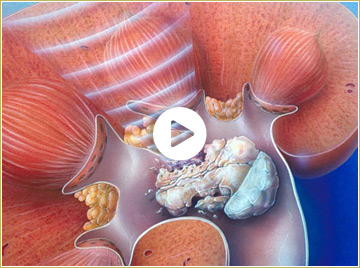Female Urology Services
Urinary Incontinence/Leakage
Urinary Incontinence is the involuntary loss of control over urinary function, which affects more than One Third of Adult women.
Stress Urinary Incontinence occurs when a person sneezes, coughs, laughs or during activity or exercise. It is the most common cause of urine leakage in women.
Urge Urinary Incontinence occurs when a person has an overwhelming need to urinate but fail to reach the toilet in time. Sometimes there is no warning and accidental leakage occurs.
Overactive bladder ( OAB ) is a type of urge urinary incontinence.
Many persons have mixed urinary incontinence and both stress and urge urinary incontinence.
It is unfortunately a silent problem among many Bahamian women who accept the condition and accept wearing pads or adult diapers.
Far too many Bahamian women are suffering needlessly and often have social awkwardness and diminished self-esteem due to the daily leakage of urine.
There are 3 levels of Treatment from conservative to non-invasive and minimally invasive to surgical treatments:
- Level One treatment includes behavior modifications, diet modifications and physical therapies; which includes reducing caffeine intake and alcohol intake and reducing night time fluid intake before bed.
- Level Two treatment includes prescription medications that can aid in calming overactive bladder.
- Level Three treatment includes synthetic tape placements, Transobturator and Transvaginal Tapes and Advanced Therapies such as Nerve Stimulation and Botox instillations into the bladder.
Women do not need to accept the various forms of urinary leakage/incontinence.
Effective, safe and painless treatments are readily available at Urology Care Bahamas.
Obtain a Confidential, private, reassuring consultation and be on your way to full recovery from urinary leakage.
Gain control again of your Bladder and Gain control of your Life Again!!
Painful Bladder/Interstitial Cystitis
What is it ?
Interstitial Cystitis is a chronic inflammatory disorder that often presents with a painful bladder and urinary urgency and frequency. It is also characterized by absence of a demonstrative infection.
What is the cause or symptoms?
Most commonly in female patients, a long history of recurrent bladder infections can be obtained. This is not always the case but is probably the most common risk factor for ultimately developing interstitial cystitis. In men, the cause of interstitial cystitis is not as clearly noted by history. However, interstitial cystitis in men is underdiagnosed.
How is it diagnosed?
The most common method of diagnosing interstitial cystitis in the United States is looking in the bladder under anesthesia and gently overdistending the bladder. In 60 – 80% of cases, small red spots representing ruptured blood vessels just under the lining of the bladder will appear, which are called glomerulations. However, these are not always present. About 5 – 10% of patients also demonstrate ulcers in the bladder which represents a more painful presentation of interstitial cystitis. Interstitial cystitis in its early phases may be suspected or diagnosed clinically without proceeding with cystoscopy or looking into the bladder.
What are the treatments of interstitial cystitis?
The treatments progress in a logical course beginning with dietary modifications, stress modification, and in some cases pelvic floor physical therapy. Following these measures, the use of medications such as Elmiron, Hydroxyzine, and Amitriptyline are frequently helpful. Bladder analgesics may also be employed. Additionally, the use of intra-bladder medications may be helpful. However, in some patients, these treatments actually will flare the pain. As mentioned earlier, pelvic physical therapy can be of great benefit for patients who demonstrate pelvic floor spasm in response to their bladder discomfort. The use of medications to relax the urgency and frequency to urinate, are frequently employed. Additional treatments for this particular symptom include the use of an InterStim pacemaker or the injection of Botox into the bladder wall. More complex medical management includes the use of immune modulators such as cyclosporine. In patients with severe chronic pain, chronic pain management strategies are often employed in conjunction with pain management specialists. In the most extreme cases which have been present for a long period of the time, removal of the bladder may be contemplated.
Pelvic Organ Prolapse
Pelvic organ prolapse is the falling or decent of the bladder, rectum, small bowel, uterus or vagina outside the vaginal canal or anus.
Symptoms depend on the organ that has prolapsed but could involve urinary leakage, painful intercourse, back pain or vaginal spotting or constipation.
Prolapse may be caused by any increased abdominal pressure such as pregnancy, obesity, constipation, pelvic cancers and others.
Management includes:
- Diagnostic Investigations
- Behavior Modification
- Pelvic Floor Physical Therapy
- Drug Therapy
- Non-Surgical Management of Prolapse
- Minimally Invasive curative procedures
- Laparoscopic or Open Surgical Repair
- Sacral Modulation




